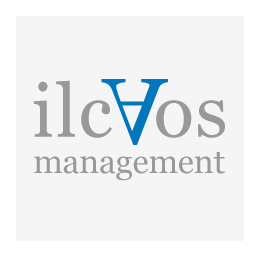
Abstract
There are mainly two approaches as to how to increase women’s participation in science:
(a) to invest in education, from the earliest possible age, to change gender discriminatory culture & conceptual patterns and build more equal society;
(b) to enforce remedial Affirmative Action, offering compulsory minimum standard for gender distribution.
There are flaws in both approaches: Investment in education cannot yield desired results in short – even medium – term.
Affirmative Action might impede other societal values and goals (e.g., scientific standards, equality, etc.). This approach is challenged because in fact, it might endure rather than resolve gender inequalities.
There are factors that influence the level of gender distribution and inequality. Once identified, they can be tackled. They can be identified when impediments on participation are exposed. They might be unintended and unnoticed hurdles, related to researchers – their workplace, line of work, family situation, fears or reservations as to participating in projects, etc. They can be unrelated to researchers: evaluation & negotiation processes & organs, consortia structures, documentation, working methods, etc.
We set to detect these factors and validate their functionality, identifying relations between their change & tuning and expected results of such changes and tuning in terms of level of women’s participation.
Qualitative research will be done into the “world” of factors, followed by quantitative examination aiming to ascertain influence & relations of each factor onto women’s participation. The results will be integrated into an applicative model that will enable to actively influence the participation level. Actionable tools to improve this level will be developed, improved and further perfected, statistically supported and monitored, resulting in intervening mechanisms to affect the level of women’s participation in science while assuring that no desired and important values and goals are prejudiced.
Please download the complete article here.




